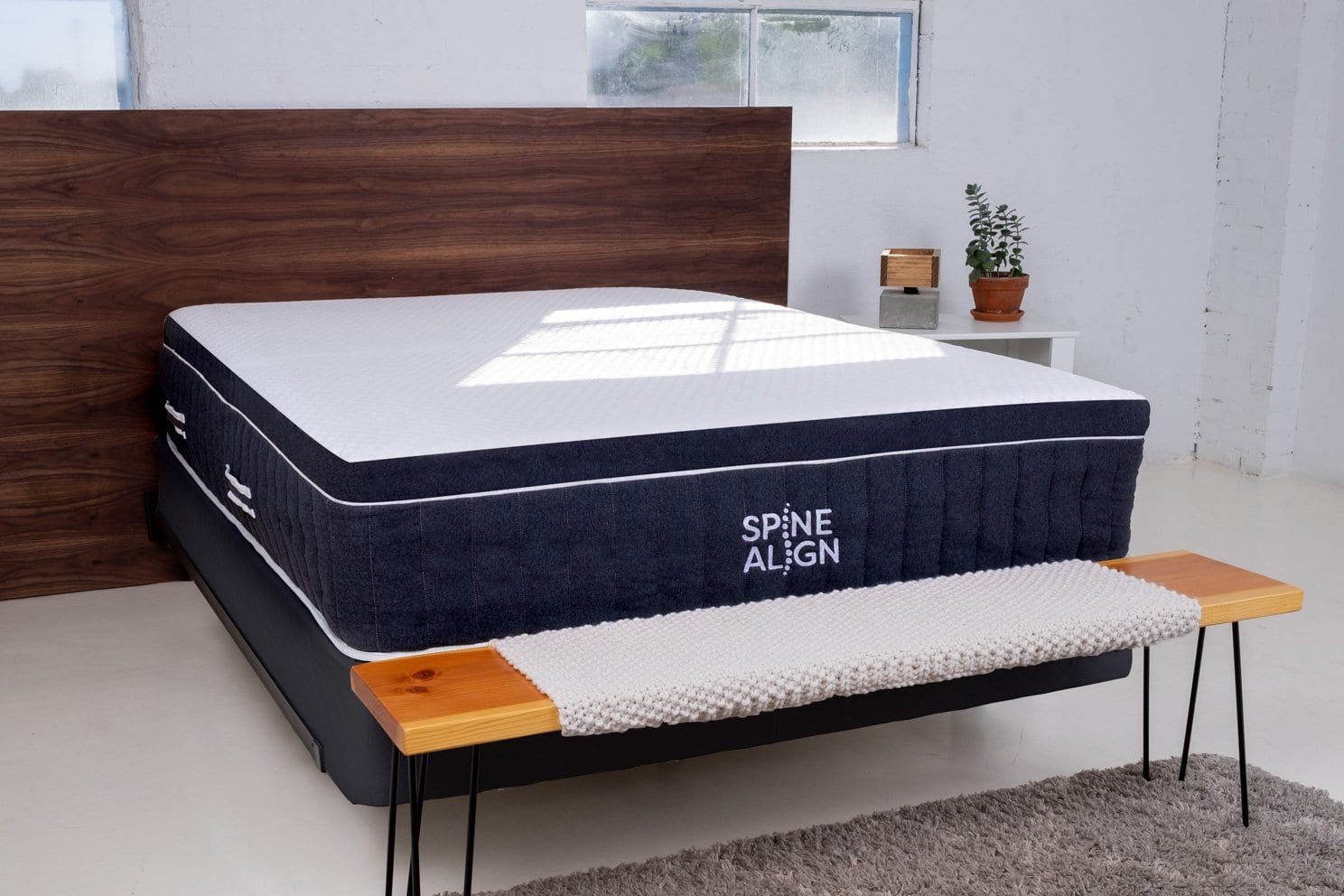The main purpose of a hole in a bathroom sink is to provide a drain for water to flow out of. This hole is connected to a pipe underneath the sink, which leads to the drainage system of the house. Without a sink drain, water would collect in the basin and create a mess. The sink drain is an essential component of any sink and requires proper maintenance to prevent clogging and other issues.Sink Drain
In addition to the drain, many bathroom sinks also have an overflow hole. This hole is located near the top of the sink and serves as a backup drain in case the main drain becomes clogged. It also helps to prevent overflowing water from spilling onto the floor. The overflow hole is connected to a separate pipe that leads to the main drainage system. It is an important safety feature that prevents water damage and potential hazards in the bathroom.Sink Overflow
The sink plug, also known as a sink stopper, is a small device that fits into the drain and can be lifted or pushed down to control the flow of water. It is a convenient tool for filling up the sink with water for various tasks such as washing your face or soaking dirty dishes. Some sink plugs also have a lever mechanism that allows you to easily open and close the drain without having to reach into the water.Sink Plug
Similar to a sink plug, a sink stopper is a device that stops water from draining out of the sink. However, a sink stopper is typically a larger and more permanent fixture that is installed in the sink. It is used to prevent water from going down the drain while you are using the sink for other tasks. Sink stoppers are commonly found in bathroom sinks and can be made from a variety of materials such as metal, plastic, or rubber.Sink Stopper
A sink vent, also known as an air admittance valve, is a small device that is installed in the plumbing system to allow air to enter the pipes. This helps to equalize the pressure in the pipes and prevent suction that can slow down or stop water flow. Sink vents are important for proper drainage and to prevent unpleasant odors from coming up through the sink drain. They are typically located on the roof of the house or in a wall near the sink.Sink Vent
A sink pop-up is a type of sink stopper that is commonly found in bathroom sinks. It is a small knob or lever that can be pushed or pulled to open and close the drain. When the sink pop-up is pushed down, it creates a seal that prevents water from draining out of the sink. When it is pulled up, the seal is broken and water can flow freely. This type of sink stopper is popular for its convenience and easy operation.Sink Pop-Up
A sink strainer is a small mesh or perforated device that fits over the drain and prevents large objects from going down the sink. It is commonly used in kitchen sinks to catch food scraps and prevent them from clogging the drain. Sink strainers are also useful in bathroom sinks to catch hair and other debris. They can be easily removed and cleaned, making them a cost-effective and practical solution for maintaining a clean and functioning sink.Sink Strainer
The sink basin is the main part of the sink that holds the water. It is typically made from porcelain, ceramic, stainless steel, or other materials and comes in a variety of shapes and sizes. The basin is where you wash your hands, face, and other items. It is important to keep the sink basin clean, as it can harbor bacteria and germs if not properly maintained.Sink Basin
The sink faucet, also known as a tap, is the device that controls the flow of water into the sink. It is typically located at the top of the sink and can be turned on and off by twisting or pulling a knob or lever. Sink faucets come in various styles and designs to fit the aesthetic of the bathroom or kitchen. They are an essential part of the sink and should be regularly cleaned and maintained to prevent leaks and other issues.Sink Faucet
The sink trap, also known as a P-trap, is a curved pipe located underneath the sink that connects the drain to the main plumbing system. Its purpose is to trap debris and prevent it from entering the main sewer line, which can cause clogs and other issues. The sink trap is also designed to hold a small amount of water to prevent sewer gases from entering the house. Regular cleaning and maintenance of the sink trap is necessary to prevent blockages and unpleasant odors in the bathroom.Sink Trap
Why Do Bathroom Sinks Have a Hole?

The Importance of a Hole in Bathroom Sinks
 When it comes to designing a bathroom, there are many elements to consider. From the color scheme to the fixtures, every detail plays a crucial role in creating a functional and aesthetically pleasing space. One of the most common features found in bathroom sinks is the hole near the faucet. While some may overlook its purpose, this small opening actually serves an important function in the overall design of a bathroom sink.
The Purpose of the Hole
The hole in a bathroom sink is commonly referred to as an overflow, and its main purpose is to prevent water from overflowing onto the floor. When a sink is filled to its maximum capacity, the water will naturally flow towards the overflow hole, ensuring that any excess water is drained away. This not only helps to prevent a messy bathroom floor but also prevents potential water damage to the sink and surrounding areas.
Design and Functionality
In addition to its practical use, the overflow hole also plays a role in the design of a bathroom sink. By providing a designated opening for excess water to flow through, it allows for a more streamlined and modern look. Without an overflow hole, water may spill over the edges of the sink, creating a cluttered and unappealing appearance. The hole also helps to maintain the sink's water level, ensuring that the faucet doesn't continue to run and waste water.
Types of Overflow Holes
There are two main types of overflow holes commonly found in bathroom sinks – the open-hole and the covered-hole. An open-hole is simply a small opening near the top of the sink, while a covered-hole has a small cap or plate covering it. The type of overflow hole used will depend on the design and style of the sink. Some sinks may have multiple overflow holes, depending on their size and shape.
Caring for Your Sink's Overflow Hole
To ensure that your bathroom sink's overflow hole functions properly, it is important to keep it clean and free of any blockages. Over time, dirt, soap scum, and other debris may accumulate in the hole, hindering its ability to drain water efficiently. Regularly cleaning the overflow hole with a mixture of vinegar and water can help prevent any clogs and keep your sink functioning properly.
When it comes to designing a bathroom, there are many elements to consider. From the color scheme to the fixtures, every detail plays a crucial role in creating a functional and aesthetically pleasing space. One of the most common features found in bathroom sinks is the hole near the faucet. While some may overlook its purpose, this small opening actually serves an important function in the overall design of a bathroom sink.
The Purpose of the Hole
The hole in a bathroom sink is commonly referred to as an overflow, and its main purpose is to prevent water from overflowing onto the floor. When a sink is filled to its maximum capacity, the water will naturally flow towards the overflow hole, ensuring that any excess water is drained away. This not only helps to prevent a messy bathroom floor but also prevents potential water damage to the sink and surrounding areas.
Design and Functionality
In addition to its practical use, the overflow hole also plays a role in the design of a bathroom sink. By providing a designated opening for excess water to flow through, it allows for a more streamlined and modern look. Without an overflow hole, water may spill over the edges of the sink, creating a cluttered and unappealing appearance. The hole also helps to maintain the sink's water level, ensuring that the faucet doesn't continue to run and waste water.
Types of Overflow Holes
There are two main types of overflow holes commonly found in bathroom sinks – the open-hole and the covered-hole. An open-hole is simply a small opening near the top of the sink, while a covered-hole has a small cap or plate covering it. The type of overflow hole used will depend on the design and style of the sink. Some sinks may have multiple overflow holes, depending on their size and shape.
Caring for Your Sink's Overflow Hole
To ensure that your bathroom sink's overflow hole functions properly, it is important to keep it clean and free of any blockages. Over time, dirt, soap scum, and other debris may accumulate in the hole, hindering its ability to drain water efficiently. Regularly cleaning the overflow hole with a mixture of vinegar and water can help prevent any clogs and keep your sink functioning properly.
In Conclusion
 While it may seem like a small and insignificant feature, the hole in a bathroom sink serves an important purpose in both design and functionality. From preventing water damage to maintaining a sleek and modern look, this small detail is an essential part of any well-designed bathroom. So, the next time you see a hole in a bathroom sink, you'll know its true purpose and importance.
While it may seem like a small and insignificant feature, the hole in a bathroom sink serves an important purpose in both design and functionality. From preventing water damage to maintaining a sleek and modern look, this small detail is an essential part of any well-designed bathroom. So, the next time you see a hole in a bathroom sink, you'll know its true purpose and importance.
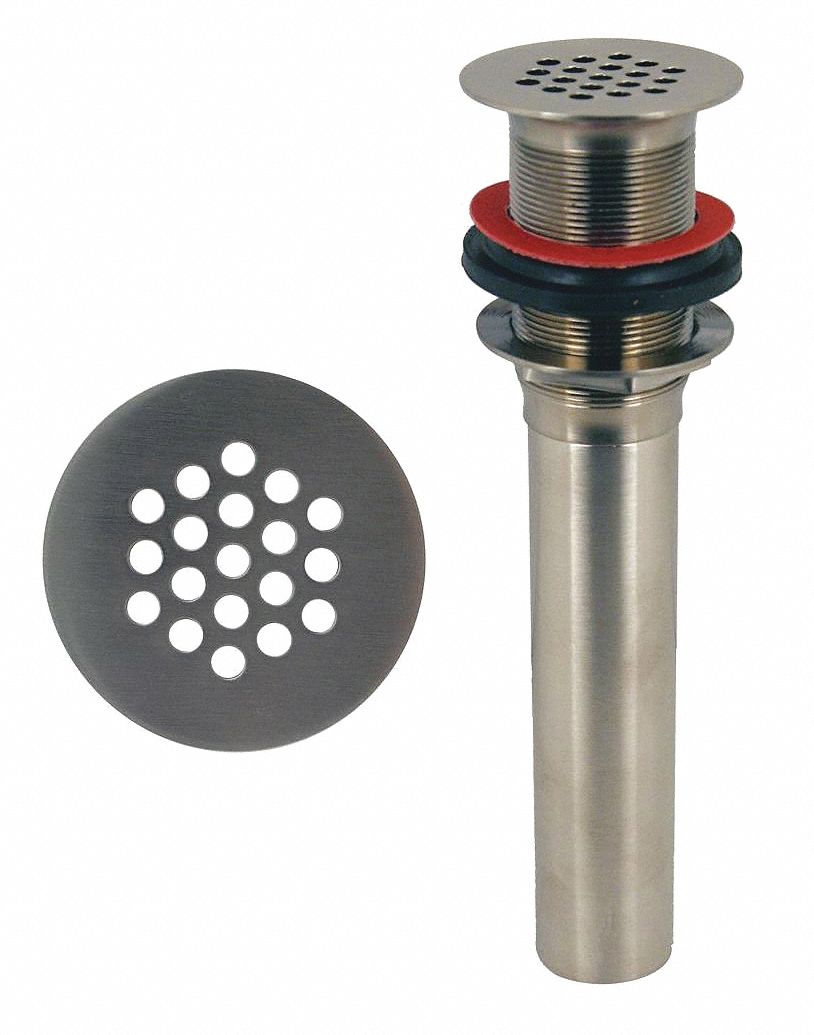












/close-up-of-overflowing-bathroom-sink-90201417-579787783df78ceb865822d8.jpg)
/water-overflowing-in-kitchen-sink-200553937-001-5797e6335f9b58461f5a6736.jpg)
















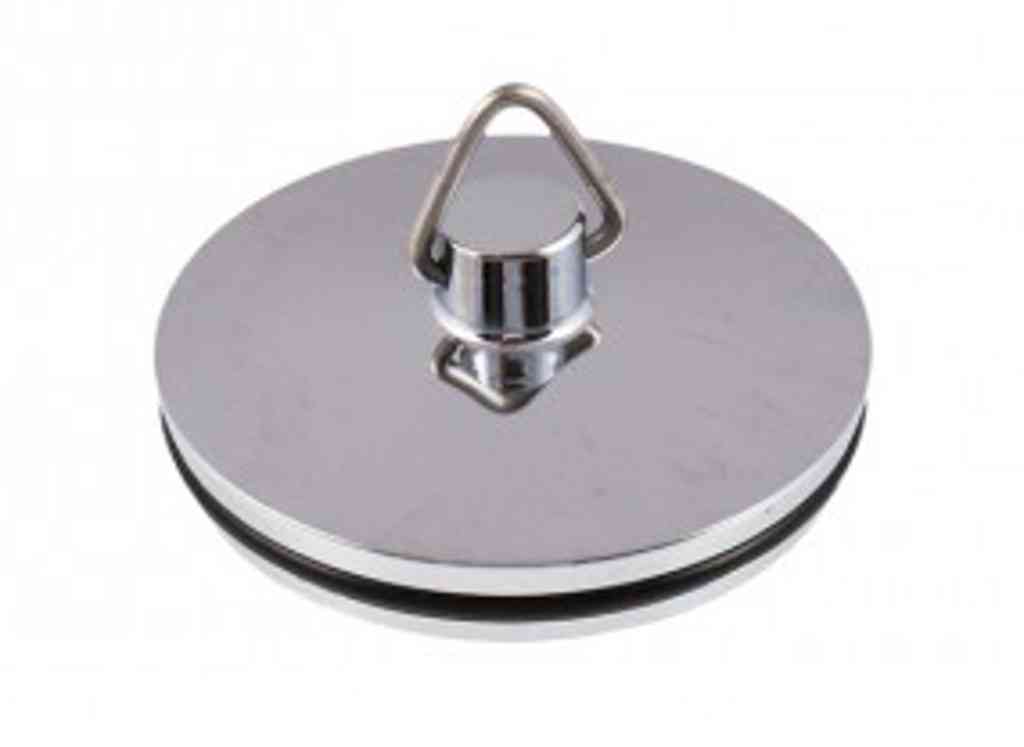
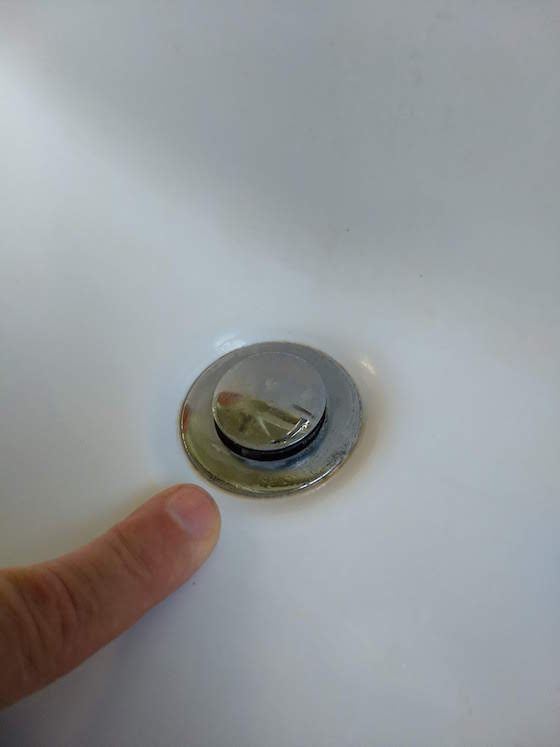









:max_bytes(150000):strip_icc()/bathroom-sink-drain-installation-2718843-07-2b728cbd5c994dc39179346f51bb6421.jpg)






























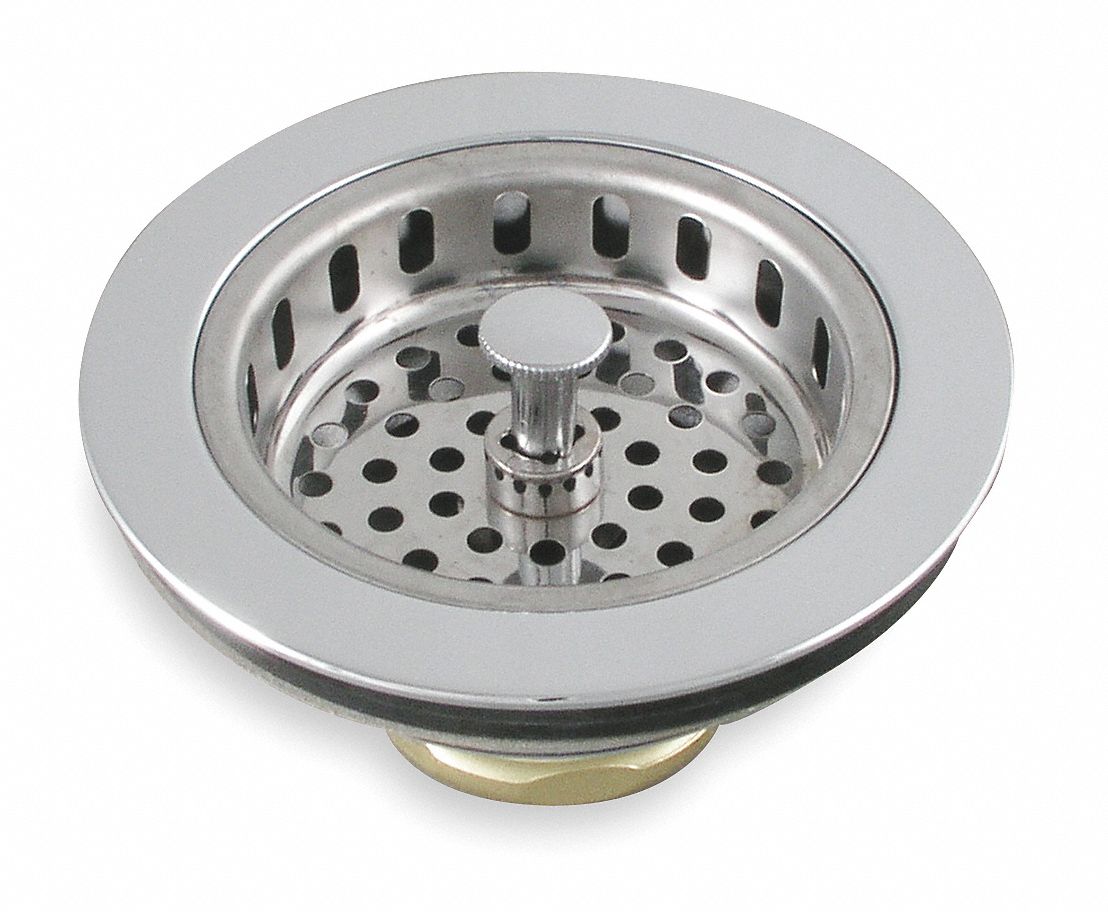











:max_bytes(150000):strip_icc()/kitchendoubleBasinsink-GettyImages-1098390260-420372a617b748d8a06491e6ad82d107.jpg)


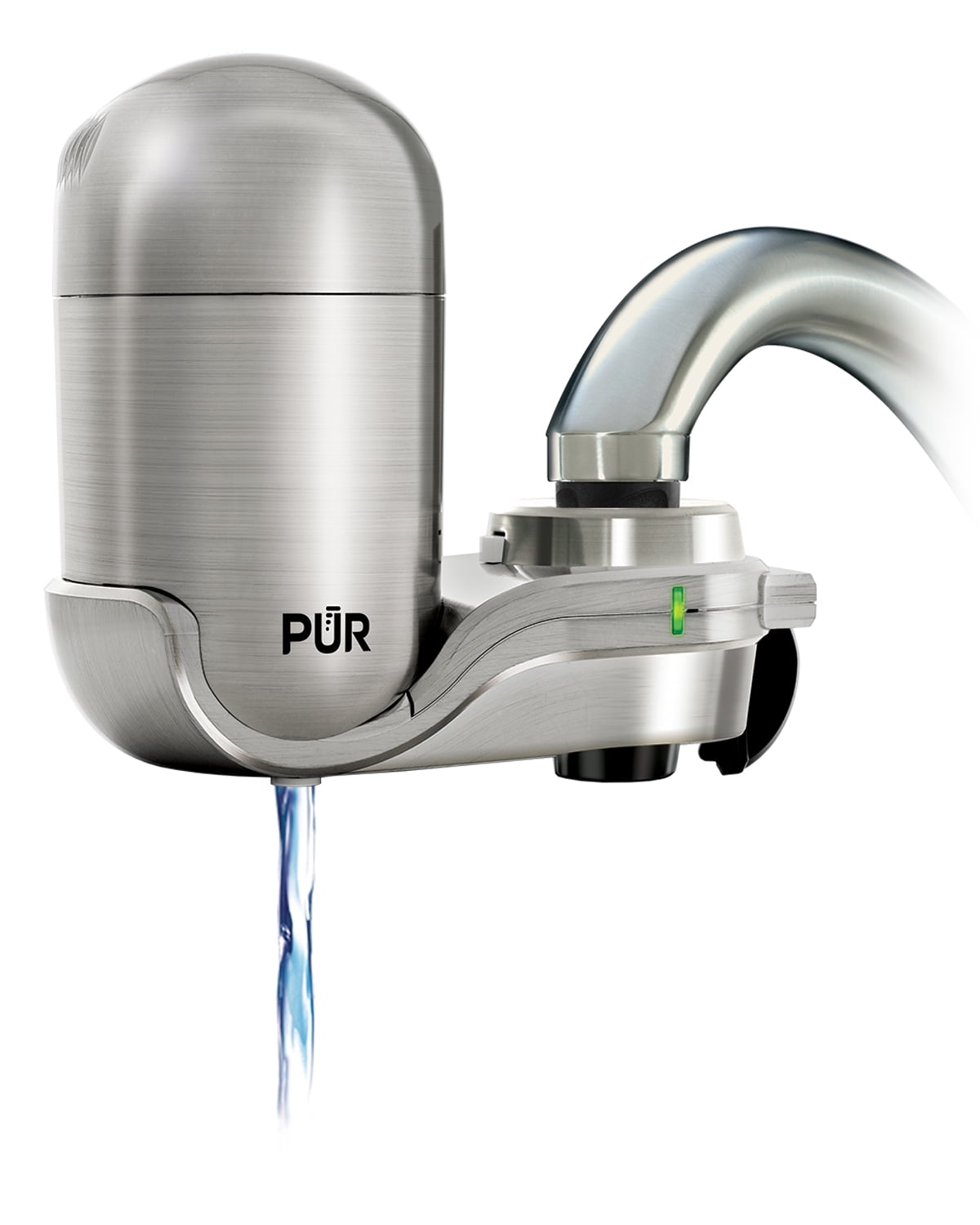










/sink-drain-trap-185105402-5797c5f13df78ceb869154b5.jpg)










